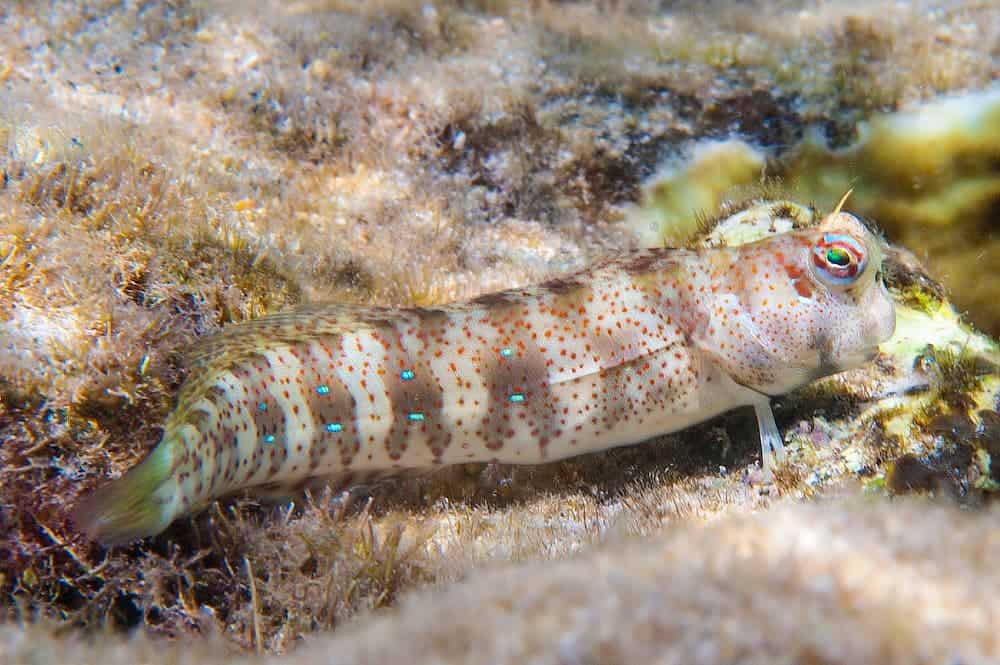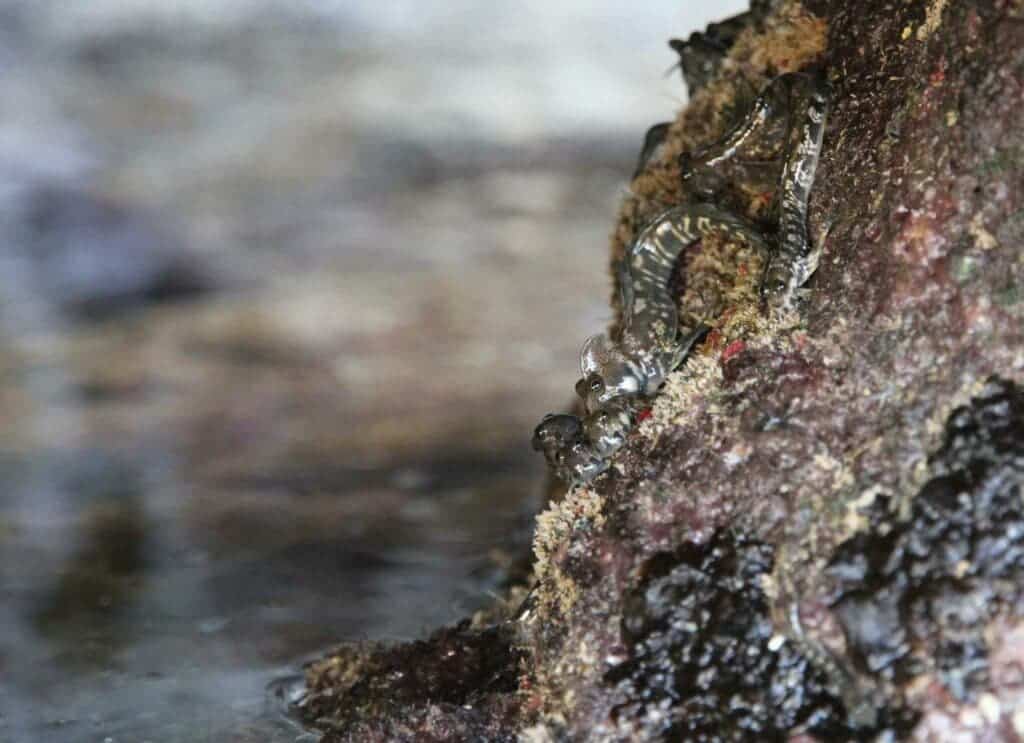A group of ‘jack of all trades’ fish was able to finally master something — and that may be the same thing that changed the course of life on Earth.

Blenniiformes (or blennies, as most people call them) are a group of fish commonly found throughout coastal waters. Blennies have intrigued biologists for a while, as some of them seem to be in the process of becoming land-dwellers — they’re evolving as we speak.
In fact, several species of blennies have already made the transition to land-dwelling species, and many others spend most of their lives in the splash zone, a sort of water-land twilight. They still breathe with their gills (which is why they need to stay close to water), but they developed strong tails to jump from rock to rock. Holes in the shore rocks provide shelter for laying eggs, and they can continue to maintain their algae and bacteria diet, nibbling them off of coastal rocks. So while they depend on the marine environment, some blennies are essentially fish out of water — and they’re doing just fine.
This type of adaptation is often driven by predators — animals move to a new environment to escape their foes. But even so, escaping the predator isn’t everything, they still need to adapt their own needs to the new environment.
In a new study, researchers found that a flexible diet and behavior were instrumental in transitioning to land. The blennies are jacks of all trades, and that helped them move outside of water. But once they moved out of water they started undergoing rapid and major evolutionary changes. In particular, their teeth started to change, making them better suited for grazing algae and detritus from the rocks.
Dr. Terry Ord, lead author of the research, explains that it is this adaptability and flexibility that enabled them to make the leap:
“The implications of our findings are that having a broad diet or being behaviourally flexible can help you move into a new habitat. But once there, this flexibility becomes eroded by natural selection. This presumably means those highly specialised species are less likely to be able to make further transitions, or cope with abrupt environment changes in their existing habitat.”

Blennies are unique in that they are a group of animals apparently making a giant evolutionary leap, from water to land. When ancient fish switched from an aquatic environment to living on land 400 million years ago, it was one of the most climactic moments in our planet’s biological history.
By analyzing blennies, researchers might also get more insight into how this process happened in the first place.
Ord and colleague Dr. Peter Hundt explain:
“We both had extensive data collected on many different species of blenny from across the world. Peter had detailed information on diet and teeth morphology, while I had lots of data on behaviour and frequency of different species emerging from water for brief or extended periods on land.”
“We threw a set of complex evolutionary statistical models at this combined data and we were able to reveal the sequence of events that likely allowed aquatic marine fishes to ultimately evolve into fishes that could leave water and then colonise land. Our study also showed how those species on land adaptively changed to better suit the specialised diet needed to survive on land.”
However, the researchers also caution that while this observational data establishes an intriguing correlation between blenny adaptations and their transition to dry land, it’s still indirect data, and it’s hard to establish direct causation.
The authors are also looking to further investigate how the invasion of land has impacted other aspects of blenny fish behavior, ecology, and bodies.
“Terrestrial blennies are really agile out of water, and I suspect they’ve adapted their body shape to allow them to hop about the rocks so freely. Which in turn implies they might not be able to go back to the water” said Dr Ord, “It would also be exciting to know how their sensory systems might have adapted out of the water as well, given vision and smell would probably work quite differently in these environments.”
The study was published in Functional Ecology.


